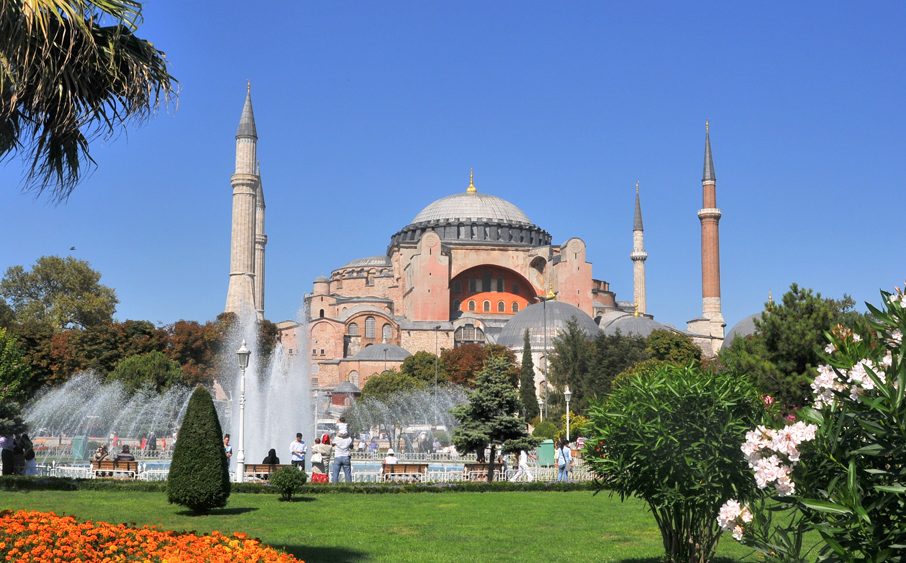So also in “De bello Jud.”, 1. l, c. xxxiii (xxi), 2, he says: “It is unlawful to have in thetemple images or pictures or any representation of a living thing”, and in his “Life”: “that I might persuade them to destroy utterly the house built by Herod the tetrarch, because it had images of living things (soon morphas) since our laws forbid us to make such things” (Jos. vita, 12). The Jews at the risk of their lives persuaded Pilate to remove the statues of Caesar set up among the standards of the army in Jerusalem [“Ant. Jud.”, 1. XVIII, c. iii (iv), 1, De bell. Jud., ix (xiv), 2-3]; they implored Vitellius not even to carry such statues through their land [ibid., c. v (vii), 3].
It is well known how fiercely they resisted various attempts to set up idols of false gods in the temple (see JERUSALEM, II); though this would be an abomination to them even apart from their general horror of images of any kind. So it became the general conviction that Jews abhor any kind of statue or image. Tacitus says: “The Jews worship one God in their minds only. They hold those to be profane who make images of the gods with corruptible materials in the likeness of man, for he is supreme and eternal, neither changeable nor mortal. Therefore they allow no images (simulacra) in their cities or temples” (Hist., V, iv).
Jews of Palestine described by Josephus
It is this uncompromising attitude in the late Jewish history, together with the apparently obvious meaning of the First Commandment, that are responsible for the common idea that Jews had no images. We have seen that this idea must be modified for earlier ages. Nor does it by any means obtain as a universal principle in later times. In spite of the iconoclastic ideas of the Jews of Palestine described by Josephus, in spite of their horror of anything of the nature of an idol in their temple, Jews, especially in the Diaspora, made no difficulty about embellishing their monuments with paintings even of the human form.
There are a number of Jewish catacombs and cemeteries decorated with paintings representing birds, beasts, fishes, men, and women. At Gamart, North of Carthage, is one whose tombs are adorned with carved ornaments of garlands and human figures; in one of the caves are pictures of a horseman and of another person holding a whip under a tree, another at Rome in the Vigna Randanini by the Appian Way has a painted ceiling of birds, fishes, and little winged human figures around a centerpiece representing a woman, evidently a Victory, crowning a small figure.
Read More about John of Damascus part 31








